Discovery Of The Least ‘Metallic’ Stellar Structure In The Milky Way
Eddie Gonzales Jr. – MessageToEagle.com – The sun is made up of 98.5% hydrogen and helium, two light chemical elements, while the remaining 1.5% consists of other, heavier elements such as carbon, oxygen, and iron. The abundance of heavier elements in a star is called its metallicity, and varies from star to star.
Distribution of very dense groups of stars in the Milky Way, called globular clusters, superimposed on a map of the Milky Way compiled from data obtained with the Gaia Space Observatory. Each dot represents a cluster of a few thousand to several million stars, as in the insert image of the Messier 10 cluster. The color of the dots shows their metallicity, in other words, their abundance of heavy elements relative to the Sun. The C-19 stars are indicated by the light blue symbols. Credit: N. Martin / Strasbourg Astronomical Observatory / CNRS; Canada-France-Hawaii Telescope / Coelum; ESA / Gaia / DPAC
It now turns out that the Milky Way is home to a stellar structure uniquely comprising stars with extremely low metallicity, with a heavy element content 2,500 times lower than that of the sun. This is well below that of any other known stellar structure in the universe.
This discovery, made by an international team led by a CNRS researcher at the Strasbourg Astronomical Observatory (CNRS / University of Strasbourg), and involving scientists from the Galaxies, Stars, Physics and Instrumentation Laboratory (Paris Observatory—PSL / CNRS) and at the J-L Lagrange Laboratory (CNRS / Côte d’Azur Observatory), is published on January 5, 2022 in the journal Nature.
This group of stars all belongs to a stellar structure in the Milky Way called C-19. Not only does this discovery challenge our current understanding and models of the formation of these stellar groupings, which exclude the existence of structures composed only of such stars, it also opens a direct window to the very earliest ages of star formation and the development of stellar structures in the very distant past.
Since heavy elements were produced by successive generations of massive stars, the low metallicity of the C-19 stars shows that they were formed only a short time after the birth of the universe.
Written by Eddie Gonzales Jr. – MessageToEagle.com Staff
Related Posts
-
![The central region of the Tarantula Nebula in the Large Magellanic Cloud. This newly-formed star cluster (R136) is forming stars rapidly enough that the cosmic phenonmenon studied may operate here [Credit: NASA, ESA, P Crowther (University of Sheffield)]](https://www.messagetoeagle.com/wp-content/uploads/2018/11/starscosmphenom17-307x150.jpg) Cosmic Phenomenon That Slows Down Star Formation
No Comments | Nov 23, 2018
Cosmic Phenomenon That Slows Down Star Formation
No Comments | Nov 23, 2018 -
 Tabby’s Star – Mysterious Star In The Milky Ways And Its Unexplained Behavior Baffle Astronomers
No Comments | Oct 4, 2017
Tabby’s Star – Mysterious Star In The Milky Ways And Its Unexplained Behavior Baffle Astronomers
No Comments | Oct 4, 2017 -
 Successful Landing Of NASA’s InSight Spacecraft On Mars
No Comments | Nov 27, 2018
Successful Landing Of NASA’s InSight Spacecraft On Mars
No Comments | Nov 27, 2018 -
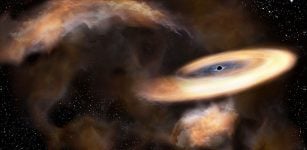 “Quiet” Black Hole Discovered In The Galactic Center
No Comments | Mar 1, 2019
“Quiet” Black Hole Discovered In The Galactic Center
No Comments | Mar 1, 2019 -
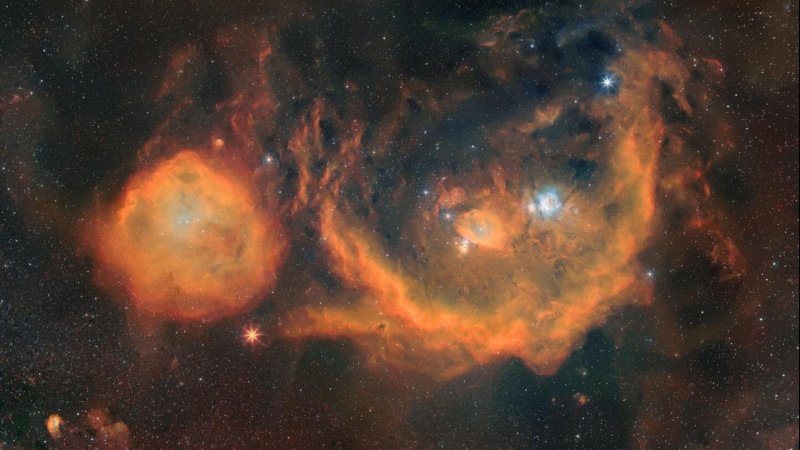 Red Supergiant Temperature Predicted By Astronomers
No Comments | Mar 2, 2021
Red Supergiant Temperature Predicted By Astronomers
No Comments | Mar 2, 2021 -
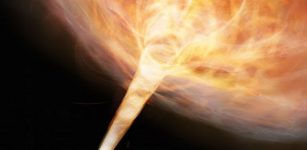 The Bullet: Mysterious Cloud Of Molecules Tearing Through The Milky Way
No Comments | Feb 9, 2017
The Bullet: Mysterious Cloud Of Molecules Tearing Through The Milky Way
No Comments | Feb 9, 2017 -
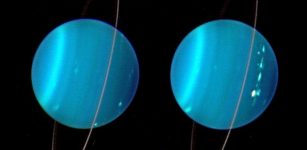 ‘Cataclysmic’ Collision Shaped Uranus’ Evolution
No Comments | Jul 3, 2018
‘Cataclysmic’ Collision Shaped Uranus’ Evolution
No Comments | Jul 3, 2018 -
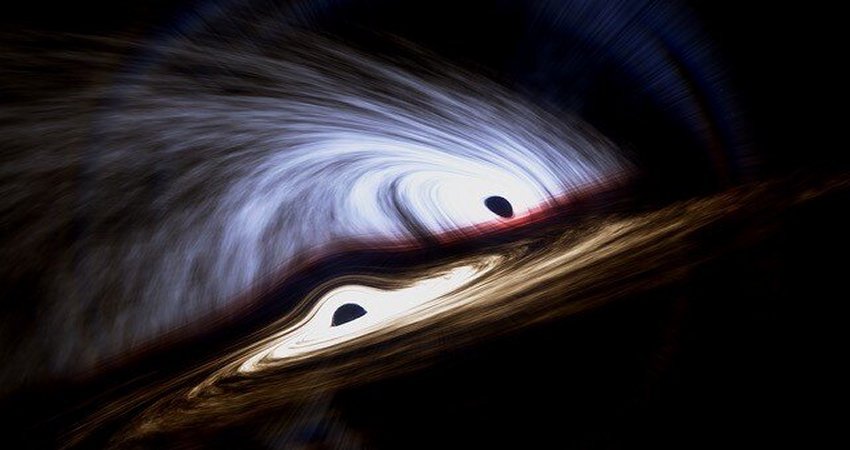 Why Do Some Black Holes Merge?
No Comments | Oct 29, 2020
Why Do Some Black Holes Merge?
No Comments | Oct 29, 2020 -
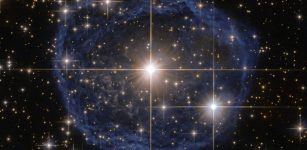 Blue Bubble Encircling A Wolf–Rayet Star – Hubble’s New Spectacular Image
No Comments | Mar 1, 2016
Blue Bubble Encircling A Wolf–Rayet Star – Hubble’s New Spectacular Image
No Comments | Mar 1, 2016 -
 New Evidence Of Ice Age At Martian North Pole Revealed
No Comments | May 30, 2016
New Evidence Of Ice Age At Martian North Pole Revealed
No Comments | May 30, 2016

